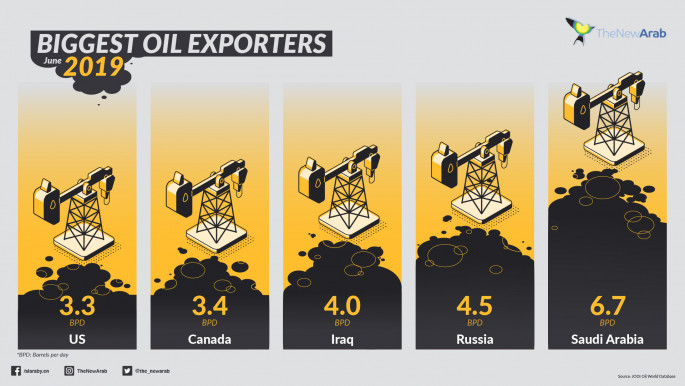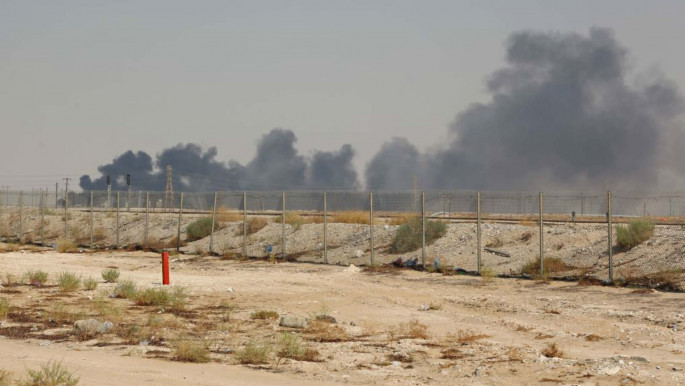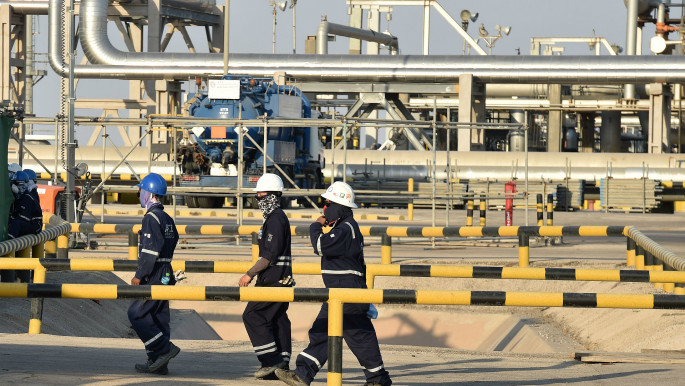The challenges and implications for Saudi Aramco's IPO
Saudi Arabia's Capital Market Authority has approved a public offering of the country's state-owned petroleum company after three years of vacillation.
It placed a number of conditions on next month's IPO of Saudi Aramco – the world's biggest oil producer – to reduce risk, however.
Saudi Aramco pumps more than 10 million barrels of crude oil a day – some 10 percent of global demand.
The key restriction is that only 0.5 percent of the company will be up for grabs on the issue date, December 11. Another limitation is that shares will be available only on Saudi Arabia's Tadawul Stock Exchange.
Still another proviso is that the Capital Market Authority must pre-qualify any international investor wanting to acquire shares.
In a plus for investors, the starting share price will be based on a valuation of the company that is less than the $2 trillion Saudi leaders wanted.
Why a local listing?
One reason Saudi officials opted for a local listing is that the world's leading stock exchanges – in New York, London and Hong Kong – require more transparency and financial accountability from companies that list with them than Saudi Aramco is prepared to deliver.
Another reason is that a New York listing could have subjected Saudi Aramco to lawsuits filed under the Justice Against Sponsors of Terrorism Act.
It allows Americans to sue countries whose citizens engage in terrorism on US soil. Many families of 9/11 victims want to sue Saudi Arabia, the country where 15 of the 19 terrorists came from.
A local listing will also give Saudi Aramco a chance to test the waters before deciding whether to issue shares on an international exchange later.
Why now?
It believes it would need to do this before the American election. The Trump administration has been an unabashed supporter of Saudi Arabia. Saudi leaders worry that a Democratic president could usher in pricklier relations with Washington, as occurred during the Obama years.Saudi Arabia chose the December 11 issue date with the 2020 US presidential election in mind. If sales go well, Riyadh could decide to list shares internationally, too.
It takes six to eight months to prepare for an international listing. If Saudi Arabia decided to do it, it would need to start soon to ensure an overseas listing before the US election.
Saudi Arabia also wanted to do an initial public offering before the OPEC+ oil-production agreement expires in March 2020. A lapsing of the agreement could dampen oil prices, reducing Saudi Aramco's profit and thus its IPO share price.
Why less than 2 trillion?
Saudi Arabia's leader, Crown Prince Mohammed bin Salman, is disappointed that Saudi Aramco's valuation for IPO purposes is less than the $2 trillion he wanted.
 |
|
| Read also: How Saudi Aramco is powering the global climate crisis |
It's probably even more grating that Saudi officials decided on the $2 trillion figure in 2016, when oil prices were averaging about $45 a barrel, versus the $65 a barrel of the past three years.
The Saudis could have used a bigger IPO pop, given that Saudi Aramco has invested billions of dollars domestically and overseas in recent years. This included $70 to buy the Saudi chemical giant SABIC and projects in the United States and Asia, especially China, India and Pakistan.
In the lead-up to the IPO, the kingdom also reduced Saudi Aramco's tax and royalty burden to improve its bottom line.
But instead of the company's valuation going up, it declined.
One reason was investor nervousness over the rocket attacks that knocked out 5 percent of Saudi Arabia's oil production this fall – believed to be the work of Iran. Another was investor concern about oil price volatility and other economic drags on Saudi Aramco's revenue.
Geopolitical risks
Potential investors have also been concerned about the possibility of another Middle East conflict.
Yemen and Syria are enmeshed in long-running civil wars, Turkey has crossed into Syria to go after Kurdish rebels, and domestic turmoil has been jarring Iraq.
An even bigger worry is a conflict arising out of the stand-off between the United States and Saudi Arabia's arch-nemesis Iran.
 |
| Read also: The sweeping implications of the attacks on Saudi Arabia's oil infrastructure |
A recent peace agreement between the combatants in Yemen should alleviate some of the region's tension.
But tension between Saudi Arabia and Iran remains high, keeping the Middle East pot boiling.
Challenges
A successful IPO will make Saudi Arabia even wealthier than it already is, making it an even more formidable Middle East rival.
Meanwhile, an international listing that followed the domestic one would force Saudi Aramco to become more transparent and accountable, but there could be domestic repercussions.
The company might feel the need to get rid of its non-energy businesses, including such social-responsibility pursuits as building housing.
The changes could reverberate across the country, which is already experiencing a high birth rate, a surge in young people's share of the population, and 13 percent unemployment.
Rauf Mammadov is resident scholar on energy policy at The Middle East Institute and senior adviser at the Gulf State Analytics. He focuses on issues of energy security, global energy industry trends, as well as energy relations between the Middle East, Central Asia and South Caucasus.
Follow him on Twitter: @RaufNMammadov



